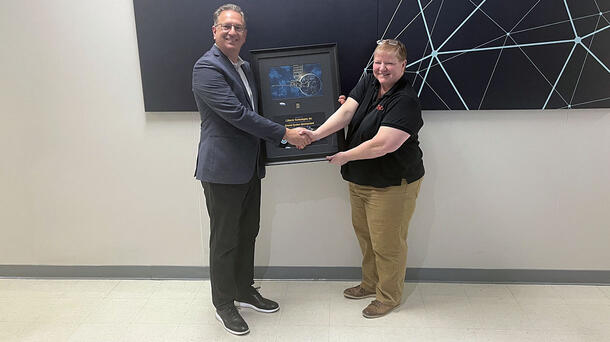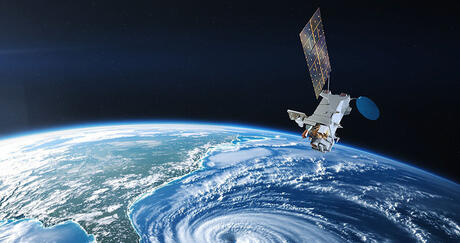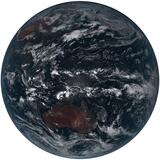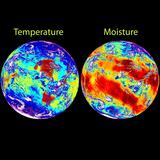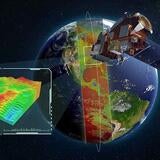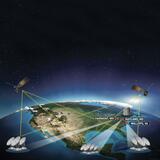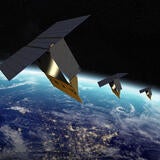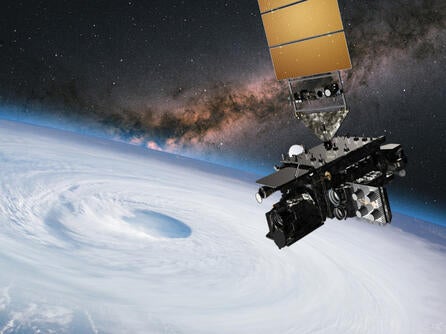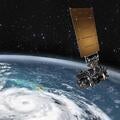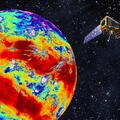Celebration was in the air at L3Harris' Melbourne, Florida, offices in late 2023, as representatives from the National Oceanic and Atmospheric Administration (NOAA) and NASA paid a visit to celebrate 14 years of successful partnership on the Geostationary Operational Environmental Satellites-R (GOES-R) Series ground segment program. Congratulating the L3Harris team were NOAA National Environmental Satellite, Data, and Information Service (NESDIS) leaders Irene Parker, Deputy Assistant Administrator for Systems, Pam Sullivan, Director of the Office of Geostationary Earth Orbit Observations and Jim Valenti, Assistant Director of the Office of Geostationary Earth Orbit Observations. Also, joining in the celebration were staff members from NASA's Joint Aerospace Satellite Division and GOES-R Ground System joint NOAA-NASA project office.
GOES-R is the nation's most advanced fleet of geostationary weather satellites. In 2009, NOAA awarded L3Harris a contract to develop the GOES-R core ground segment, which processes critical imagery and data from the satellites to generate real-time weather products for NOAA's National Weather Service and others. The partnership has flourished since then. The GOES-R core ground segment contract has grown significantly with additional orders for system upgrades and contract extensions. In 2010, L3Harris was also awarded a contract to develop the GOES-R ground segment antennas. The antennas were delivered prior to the first GOES-R launch and continue to operate as part of the ground system today.
The first core ground segment contract wraps up in January 2024 – and that's why NOAA and NASA wanted to mark the occasion in person. During the event, Pam Sullivan, director of the Office of Geostationary Earth Orbit Observations in NOAA's National Environmental Satellite, Data and Services organization, presented L3Harris with a plaque recognizing our successful completion of the core ground segment.
"We're so proud to have played an important role in the GOES-R program over the years, helping NOAA advance its mission to protect lives and livelihoods through more accurate and detailed weather forecasts," said Rob Mitrevski, vice president and general manager of L3Harris's Spectral Systems business, who accepted the plaque on behalf of the company. "We're looking forward to continued partnership and innovation in the years ahead."
Looking ahead: future-proofing the ground system
To that end, L3Harris and NOAA are already teaming up for the next phase of GOES-R expansion. In May 2023, we signed an additional $275 million, five-year contract to improve the ground system's capabilities, reliability and robustness, leverage technology advancements and reduce lifecycle costs. Work is already underway at our Melbourne facilities and several NOAA facilities in preparation for the Q2 2024 launch of GOES-U, the fourth and final satellite in the GOES-R series.
Learn more about L3Harris' GOES-R ground system and antenna segment.
